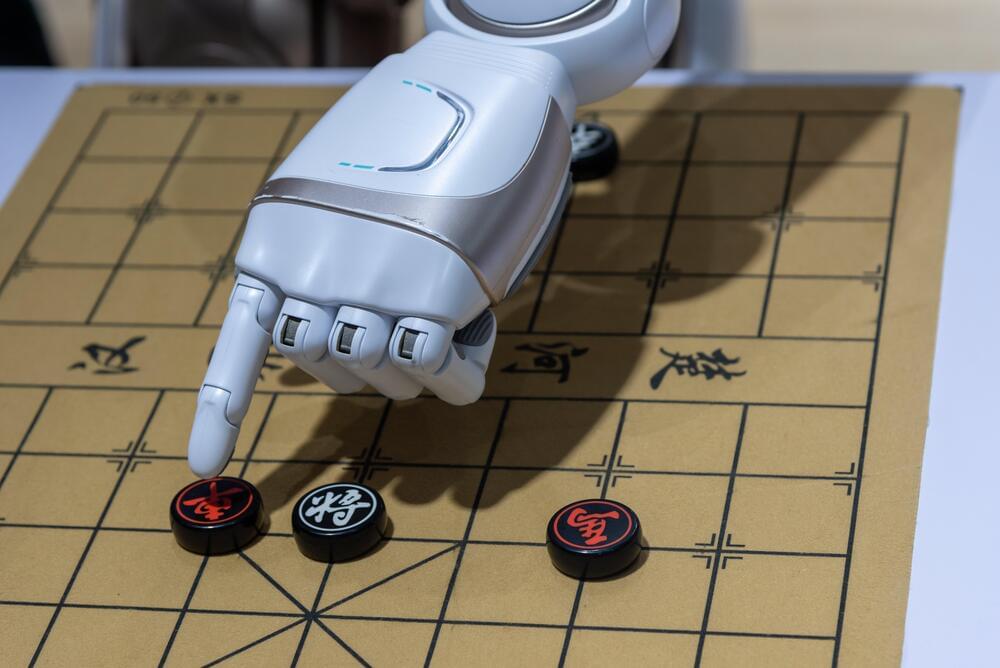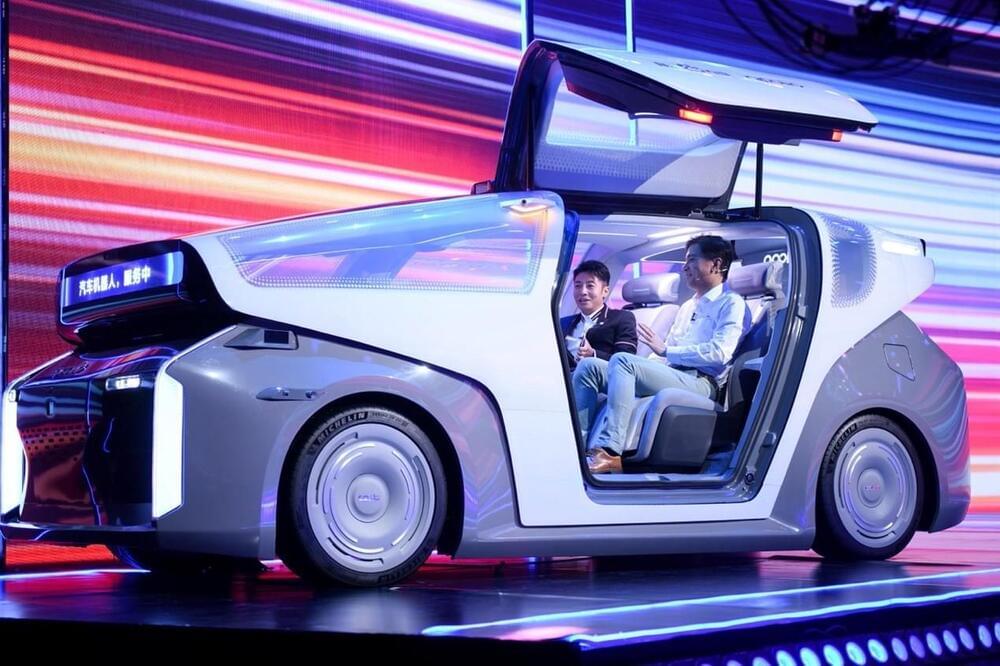We are currently witnessing an explosion of network traffic. Numerous emerging services and applications, such as cloud services, video streaming platforms and the Internet of Things (IOT), are further increasing the demand for high-capacity communications. Optical communication systems, technologies that transfer information optically using fibers, are the backbone of today’s communication networks of fixed-line, wireless infrastructure and data centers.
Over the past decade, the growth of the internet was enabled by a technique known as digital signal processing (DSP), which can help to reduce transmission distortions. However, DSP is currently implemented using CMOS integrated circuits (ICs), thus it relies heavily on Moore’s Law, which has approached its limits in terms of power dissipation, density and feasible engineering solutions.
As a result, distortions caused by a phenomenon known as fiber nonlinearity cannot be compensated by DSP, as this would require too much computation power and resources. Fiber nonlinearities remain the major limiting effect on long-distance transmission systems.









